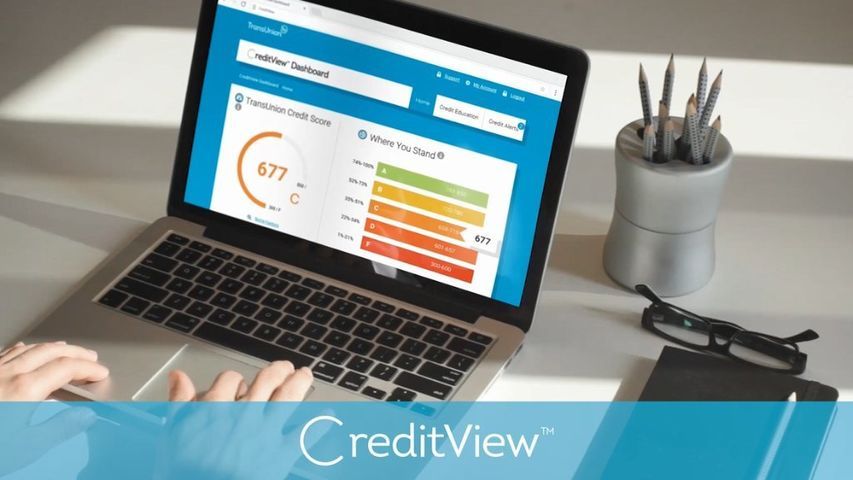Michael Fratantoni is MBA’s Chief Economist and Senior Vice President of Research and Industry Technology. In this role, he is responsible for overseeing MBA’s industry surveys, benchmarking studies, economic and mortgage originations forecasts, industry technology efforts, and policy development research for both single-family and commercial/multifamily markets. Additionally, Fratantoni is president and member of the Board of Directors of MISMO and serves on the CSP’s Industry Advisory Group and the membership committee of MERS.
Prior to joining MBA, Fratantoni worked in the industry in risk management and senior economist roles at Washington Mutual and Fannie Mae. He received a Ph.D. in economics from Johns Hopkins University and a B.A. in economics from The College of William and Mary, and has served as an adjunct professor at the University of Washington, and Johns Hopkins, George Washington, and Georgetown Universities.
1. How have your projections about owner-occupant home purchases and refinance volume shifted as we’ve moved through the COVID-19 pandemic and its economic impact?
At the onset of the COVID-19 pandemic, there were fears that the housing market would be severely impacted by the sudden and massive jump in unemployment. The economy is not out of the woods yet, but as states have reopened and people have gotten back to work, the outlook looks better. Due to record-low mortgage rates and rising home purchase and refinance applications, we’re now forecasting for 2020 to be the strongest year in total originations ($2.65 trillion) since 2006 ($2.73 trillion). The purchase market rebounded more quickly than we had forecasted, and purchase application volume remains quite strong. It is not surprising that refinance volume is robust given the level of mortgage rates, but we are seeing substantial week to week volatility – even small changes in mortgage rates are leading to large swing in refi application activity.
Our biggest concerns for the remainder of the year are the incredibly low levels of inventories of homes on the market, and the surge in coronavirus cases which threatens the possibility of more shutdowns and a slowing or even reversal of these gains.
2. For the past few months, there has been an increase in loans in forbearance and other “distress situations”. Now that the country is “opening up,” do you expect the rate of these requests to turn around?
As shown in our recent Forbearance and Call Volume Surveys, we have seen the number of loans in forbearance continue to decrease for three weeks in a row as homeowners begin to return to work and have the ability to cancel forbearance plans. As the country continues to gradually reopen, the rate of homeowners exiting forbearance plans will likely continue, but I am worried about what happens when enhanced unemployment insurance benefits lapse at the end of July. These benefits have been incredibly beneficial in supporting households through this crisis. Beyond that, until there is a vaccine or several effective treatments, there’s always the threat that the pandemic could lead to shutdowns in “hotspots” around the country, which would then cause job loss and hardships for some homeowners.
3. MBA’s Weekly Application Survey – a pulse for housing and finance activity in the industry – has been around since 1990. What trends do you see from the past re-surfacing this year? Based off this survey, what do you expect to occur in months ahead?
Based on our recent Weekly Application Survey releases, we are seeing that purchase and refinance applications continue to significantly outperform activity from previous years. While the COVID-19 pandemic has impacted the housing market and, of course, the overall economy, we expect that record-low mortgage rates and substantial demand from millennial households will fuel homebuyer demand in the months ahead. Mortgage bankers have shown an amazing ability through this crisis to overcome any number of operational challenges (VOEs, appraisals, closings, etc.) with the help of flexibilities provided by the GSEs and government agencies. It will be interesting to see how many of these operational changes persist after this crisis has passed.
4. Much has been written about the decline in the Black Homeownership rate in America. Congress has taken macro economic action, providing a base of “sustenance” for consumers (and to a certain extent – Mortgage Servicers) affected by the COVID-19 pandemic. Do you think Congress should consider a major “stimulus” package to jump start opportunity in the low-to-moderate income communities- especially the underserved diverse segment communities of America?
The homeownership gap has been a stubbornly persistent reality for decades, but there is renewed energy to focus on this challenge. The mortgage industry is in a unique position to effect change and serve low-to-moderate income and minority communities. Mortgage lenders are an integral player in making the American dream of homeownership available, and we must play a role in eliminating racial inequality in our country.
MBA has committed to work with our members to develop affordable housing solutions to help minorities and underserved communities. Last June, MBA launched its Affordable Housing Initiative, aiming to develop housing partnerships in both the policy and business arenas. The initiative, led by MBA’s Steve O’Connor, promotes more sustainable, affordable homes for purchase and rental for underserved people and communities, especially minorities and low-to-moderate-income Americans. More recently at the local level, I took part in an event as MBA, along with the Tennessee Housing Development Agency, officially launched CONVERGENCE Memphis – a campaign focused on African American homeownership needs in the Memphis metropolitan area. In addition to CONVERGENCE Memphis, MBA will continue to expand its partnerships in other cities across the nation, seeking scalable solutions to address affordable housing challenges, both for renters and owners.
5. MBA was our first partner to move the conference experience into virtual space with the successful launch of State of the Industry in May. Can you tell us what worked for the online audience and what to expect in the coming months, especially now that the Annual MBA Convention has been moved to a virtual event as well? What can you tell us about the content slated for Annual this year?
Nothing replaces in-person interactions, but migrating to our virtual platform – MBA LIVE, was a seamless process, and I think it does a great job of delivering the industry content and engagement that our members want. So far, we have held three virtual conferences on the platform. Member feedback was positive, and we really focused on developing interactive sessions that included top industry experts, live Q&As, and polling questionnaires. We plan on hosting all our Fall conferences, including our Annual Convention – originally scheduled in Chicago in October – on the MBA LIVE platform. Our goal is to create vibrant and informative content from a “safe” “normal” environment that we’re all forced to embrace for the foreseeable future. No doubt, our industry will be significantly impacted by the outcome of the November election, so I would expect significant content speaking to the potential housing and mortgage policies that could result from the outcome of November’s vote. Of course, I personally am looking forward to the Economic Outlook presentation from MBA’s Research team. 😊



